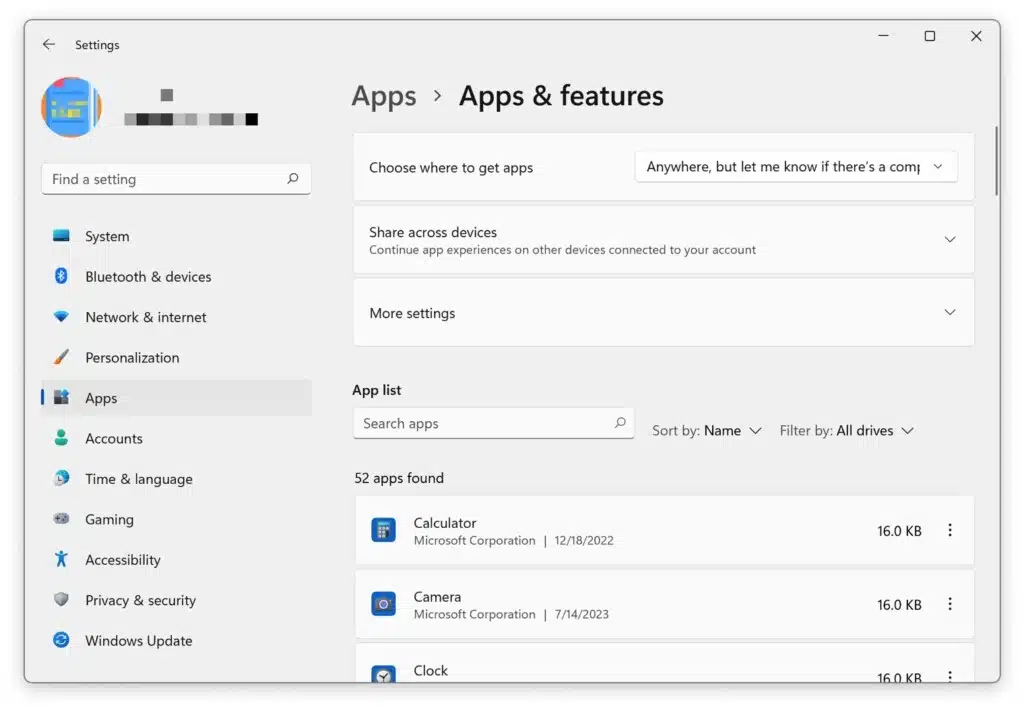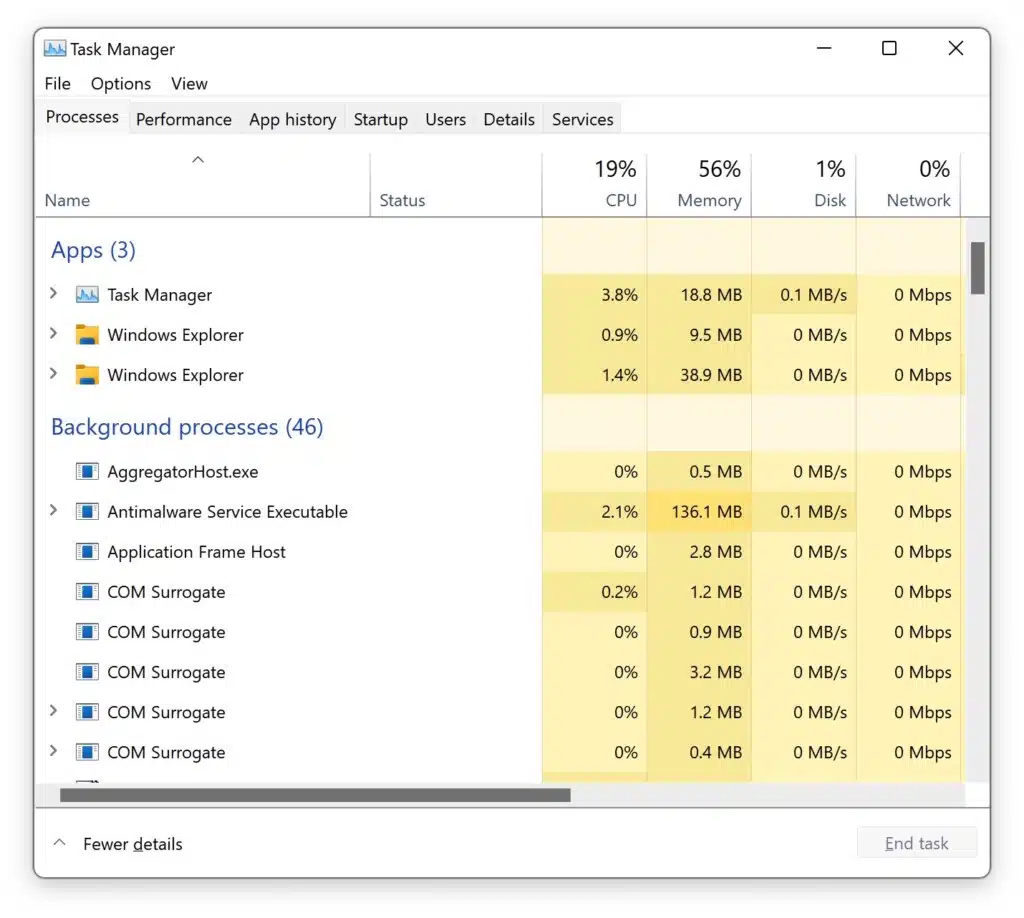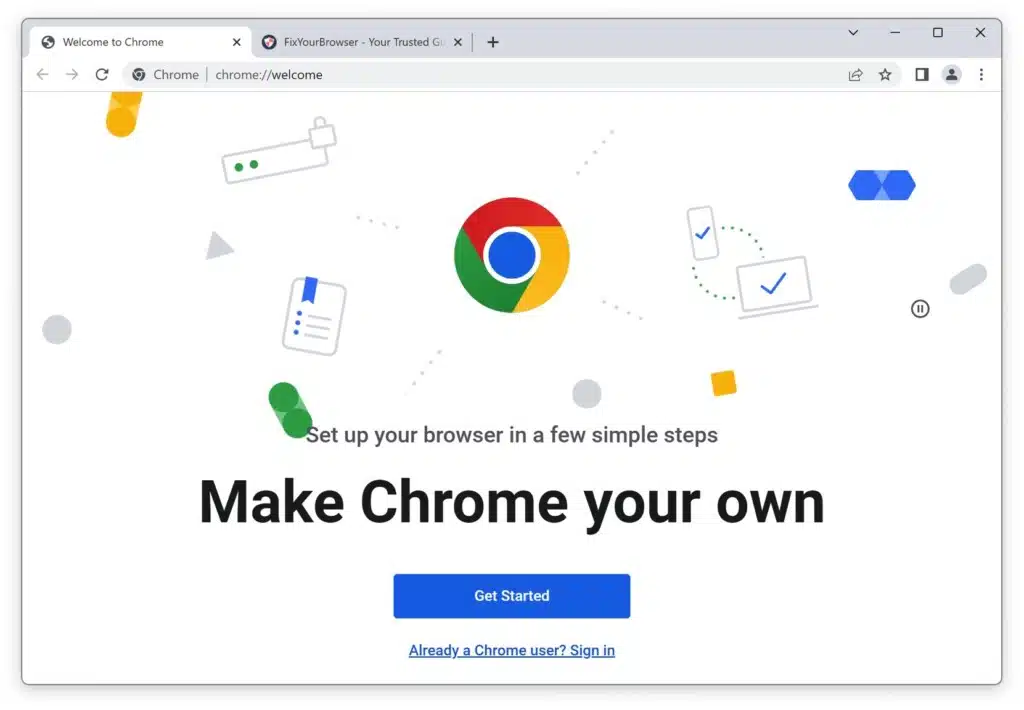Google Chrome is not working? Here is what you should know. Google Chrome can encounter issues, such as websites failing to load utterly partial loading of websites or encountering error codes such as DNS PROBE FINISHED NXDOMAIN within the browser.
Fortunately, there are solutions available that can help troubleshoot these problems in Google Chrome. If you’re facing issues with Google Chrome not functioning properly there are steps you can take to determine the root cause within the browser itself.
However, it’s essential to consider whether the problem relates to Google Chrome or originates from factors like internet settings or external software that interacts with the browser.
To sum up, Google Chrome can present problems, but where exactly does the issue lie? In this article, I will assist you in identifying why Google Chrome isn’t working and guide you in resolving it.
Google Chrome is not working?
Did you restart your computer?
If Google Chrome doesn’t open, you might first want to try to restart your computer. Restarting your computer can help resolve issues preventing Google Chrome from opening.
Here’s how it can be beneficial:
Clearing temporary glitches
Restarting your computer clears temporary files and resets system processes, which can fix minor software glitches affecting Chrome’s ability to open.
Closing conflicting processes
Other programs or processes running in the background can sometimes conflict with Chrome and prevent it from launching. Restarting your computer closes all running processes, providing a clean start when attempting to open Chrome again.
Resetting system configurations
Restarting your computer can reset various configurations that may have been altered or corrupted. This includes network settings, security settings, and system resources, which can impact Chrome’s functioning.
Releasing system resources
Over time, your computer’s resources, such as memory (RAM), can become heavily utilized by various processes. Restarting your computer clears these resources, ensuring Chrome has enough memory and processing power to function correctly.
While not guaranteed to fix all issues, restarting your computer is often recommended when troubleshooting problems with applications like Google Chrome. It’s a simple and non-intrusive action that refreshes the system, potentially resolving temporary software-related issues that might be causing Chrome to fail to open.
Did you check for conflicting programs?
Sometimes, software installed on your computer can conflict with the Google Chrome browser. Checking for conflicting programs can help identify and resolve issues preventing Google Chrome from opening.
Here’s how it can be beneficial:
Identifying conflicting programs
Specific programs installed on your computer can conflict with Chrome, causing it to fail to open. These conflicts may occur due to incompatible software, system processes, or settings that interfere with Chrome’s operation. By checking for conflicting programs, you can pinpoint any potential culprits.
Closing unnecessary programs
Closing any unnecessary programs running in the background frees up system resources and reduces the chances of conflicts with Chrome. Some programs may have processes that interfere with Chrome’s functioning or consume excessive memory, hindering its ability to open. Closing such programs creates a more favorable environment for Chrome to operate.
Resolving compatibility issues
In some cases, specific programs may have compatibility issues with Chrome. This can occur when both programs rely on similar resources or have conflicting settings. By identifying and addressing compatibility issues, such as updating software or adjusting settings, you can enhance Chrome’s compatibility and improve its chances of opening successfully.
Adjusting system settings
Conflicts can also arise from specific system settings that affect Chrome’s functionality. Reviewing and adjusting settings related to network configurations, firewall rules, or security software can mitigate potential conflicts and allow Chrome to open without issues.
While checking for conflicting programs is not a guaranteed solution, it is a valuable step in troubleshooting Chrome’s opening problems. By identifying and addressing any conflicts, you can increase the likelihood of successfully launching Chrome and resolving any issues preventing its operation.
How to find apps that conflict with Google Chrome
Conflicting programs can sometimes interfere with the smooth functioning of Google Chrome, leading to issues when trying to open the browser. Identifying and resolving these conflicts is crucial to restoring Chrome’s functionality. Here are some steps you can take to find and address conflicting programs:
Firstly, it’s essential to close all programs running on your computer. Doing so creates a clean environment for troubleshooting Chrome’s opening problems.
Next, attempt to open Google Chrome and carefully observe any error messages or unusual behavior. Note down any specific error messages that appear.
If the problem persists, consider restarting your computer. Oftentimes, temporary glitches or conflicting processes can be resolved by a simple restart. After restarting, try opening Chrome again and see if the issue remains.
Disabling your antivirus software or firewall can help determine if they conflict with Chrome. If Chrome opens successfully after disabling these security programs, it suggests a conflict between them and Chrome.
Booting your computer into Safe Mode is another helpful step. Safe Mode starts your computer with minimal drivers and programs, helping identify conflicts with third-party software. Open Chrome in Safe Mode and check if it launches without any issues. If it does, it indicates that a conflicting program or driver is causing the problem.
Review the list of recently installed programs on your computer. If the Chrome issue started after installing a particular program, it might conflict with Chrome. Uninstall any suspicious or newly installed software and try opening Chrome again after removal to see if the problem is resolved.
Consulting the Task Manager can provide insights into resource-consuming processes or applications. Open the Task Manager and look for any unfamiliar processes or those related to conflicting programs. End any such processes to eliminate potential conflicts.
If you suspect a specific program is causing conflicts, check for available updates. Updating the program to its latest version often resolves compatibility issues. Alternatively, uninstall and reinstall the program to ensure a clean installation.
Identifying conflicting programs and resolving them is crucial to restoring the normal functioning of Google Chrome. Following these steps and troubleshooting methods can improve the chances of successfully opening Chrome without any issues.
Uninstall conflicting program(s)
Here is how to uninstall a conflicting program(s).
- Right-click the Start button.
- In the menu, click on “Run”.
- In the Run box, type: appwiz.cpl
- Uninstall a program by clicking on it and clicking the “Uninstall” button.
Reset the Google Chrome profile
When Google Chrome is not working or doesn’t open, you can reset the Google Chrome profile.
- Start by accessing the Start menu on your computer.
- In the search bar, type ‘Run’ and click on the option when it appears in the search results.
- Alternatively, you can use a quicker method to open the Run dialog box. Simply hold down the Windows logo key on your keyboard and simultaneously press ‘R’.
- The Run dialog box will now be displayed on your screen. Type or copy and paste “%appdata%” into the text field (without quotation marks), click the OK button, or press Enter on your keyboard. This action will take you to File Explorer with the path USER > AppData > Roaming.
- Click on the AppData folder in the File Explorer’s address bar.
- Inside the ‘AppData’ folder, locate and double-click on the ‘Local’ folder to open it.
- Look for the ‘Google’ folder and open it.
- Within the ‘Google’ folder, locate and double-click on the ‘Chrome’ folder.
- Now, you will see a folder named ‘User Data’. Open it.
- Inside the ‘User Data’ folder, you will find a folder named ‘Default’. Before deleting this folder, it’s advisable to create a backup. Right-click on the ‘Default’ folder, select ‘Copy’ from the context menu and then navigate to a different location, such as an external hard drive or USB drive. Right-click on a blank area and choose ‘Paste’ from the context menu to create the backup.
- Close your Chrome browser entirely by clicking the red ‘x’ button in the window’s top-right corner.
- Return to the ‘User Data’ folder within the ‘Chrome’ folder.
- Right-click on the ‘Default’ folder and select ‘Delete’. This action will reset your Google Chrome browser to its default settings. The browser will be restored to its original state, and all history, bookmarks, cookies, and cache will be cleared.
You have now reset the Google Chrome profile to default. I hope this guide: Google Chrome is not working helped. Thank you for reading!




